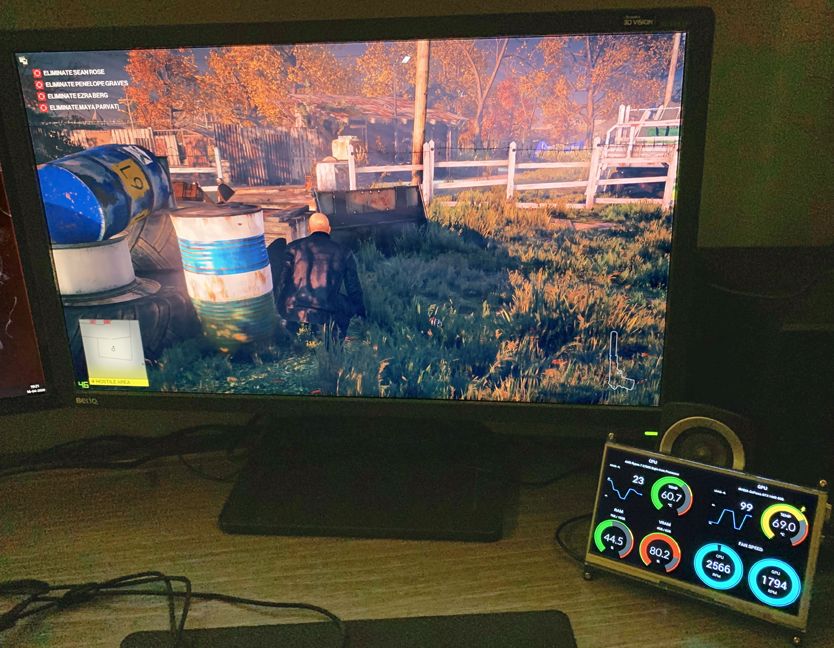
This will let you access the database for external systems down the road.įirewall-cmd –permanent –zone=public –add-port=3306/tcpįirewall-cmd –permanent –zone=public –add-port=3000/tcp You need to open up port 3000 for accessing Grafana, but opening up the mySQL port is optional but recommended. Next up, we need top open up for firewall ports. Crond to automate the data load on a reoccurring basis, mysqld to save the data in a database, and Grafana to report on the history. Next, let’s start up a few services that we will need. Tar -xvf /root/ookla-speedtest-1.2.0-linux-aarch64.tgz Go ahead and make the directory, and then cd into it. For this example, I am putting it all in /usr/local/bin/speedtest.
#RASPBERRY PI SYSTEM MONITOR LINUX DOWNLOAD#
You can download that with this command, but always check for a later version If you are running this on an Arm platform, from the Raspberry PI to its Enterprise big brother Ampere you will need to get the aarch64 software. Now let’s grab the speedtest cli, if you head over to you can grab the URL to download the cli needed for your platform.
#RASPBERRY PI SYSTEM MONITOR LINUX INSTALL#
For this install, we will do everything as root.ĭnf install chronie firewalld mysql-server grafana grafana-mysql -y Let’s install wget, mysql, grafanna, cron and all the needed bits next. Set up Grafana and import the prebuild dashboard.Set up data collection to load data from the speed tests into the database.


The first step is to install Oracle Linux on the System. It’s a great way to track the internet performance of your Cloud Provider… more about that in the future.

This is also a VERY useful setup to run at work, even in the cloud. Tracking both the bandwidth and latency is a helpful metric, to understand the quality of your service, and how that quality changes over time. Both coax and fiber lines can be affected. These lines take a lot of abuse from the weather, installers, and just dumb luck. In the past, I have experienced this performance degradation, are it was fixed by replacing the line ( Coax or fiber) between the house and the pedestal. Knowing your latency went from 8 ms to 30 ms tells you if have a potential problem. Also, over time, seeing the latency slow down over time is often a sign of the degradation of the physical infrastructure that your ISP uses to provide service. If you are doing things in real-time, like Teams and Zoom calls all day then latency is a very important number to know. The faster the freeways, the less time it takes to get from point A to B, regardless of how many lanes, or how much bandwidth, makes up the freeway. Latency is the measurement of how long it takes for the packet to get from point A to point B, think of it as a way of measuring speed. right? A 10 Gb/s network is faster than a 1 Gb/s network…right? As we all know, while the bandwidth/lanes area factor, what really counts is how fast the cars speed down the freeway.

A 10-lane freeway can move more cars than a two-lane freeway. Think of bandwidth as how many lanes on a freeway your ISP offers, the more lanes the more potential vehicles that can travel down that road. Ever wonder how your ISP is really doing, with the quality of their services? Wouldn’t it be fun to be able to track critical metrics, like bandwidth availability and network latency? While we all think about how fast my internet is, most assume that is bandwidth.


 0 kommentar(er)
0 kommentar(er)
